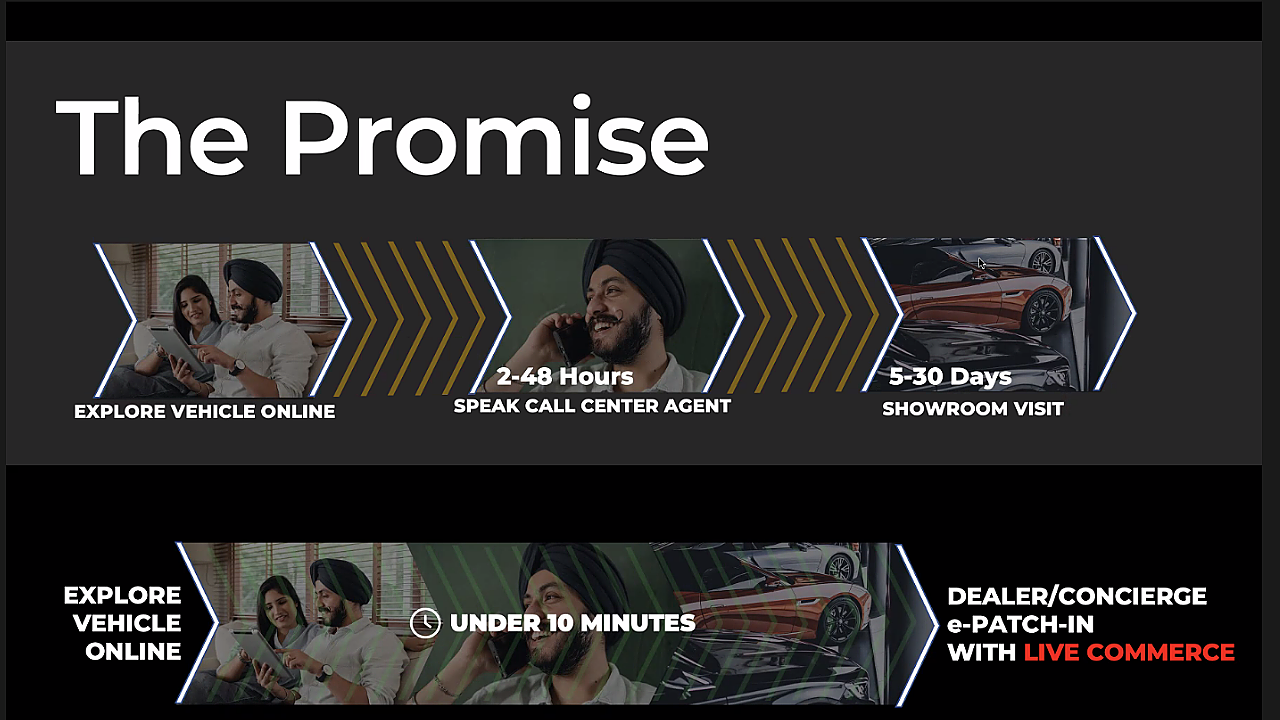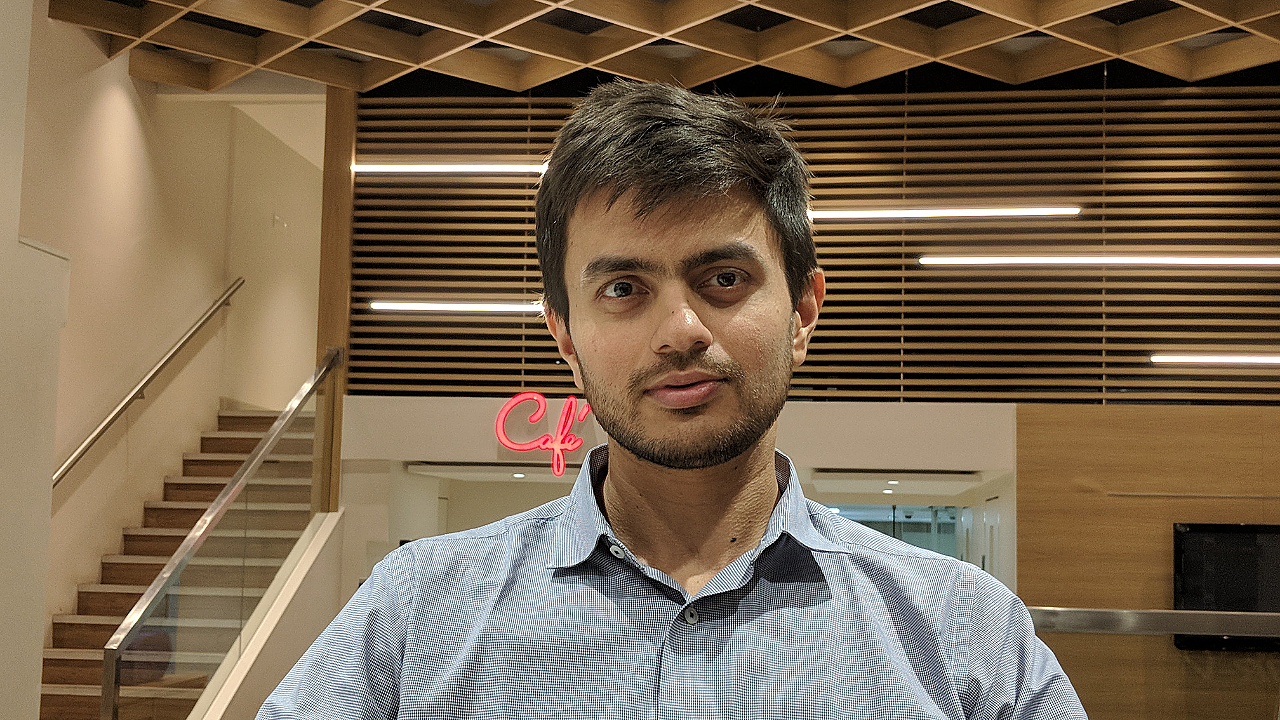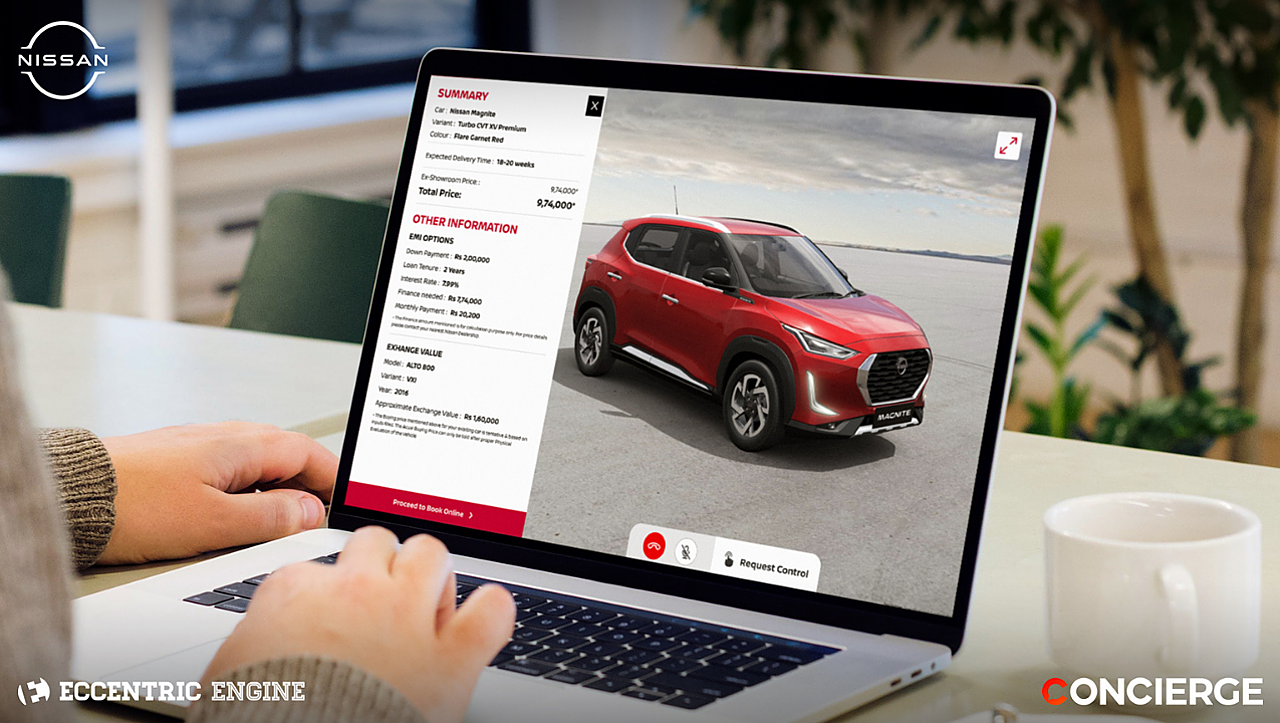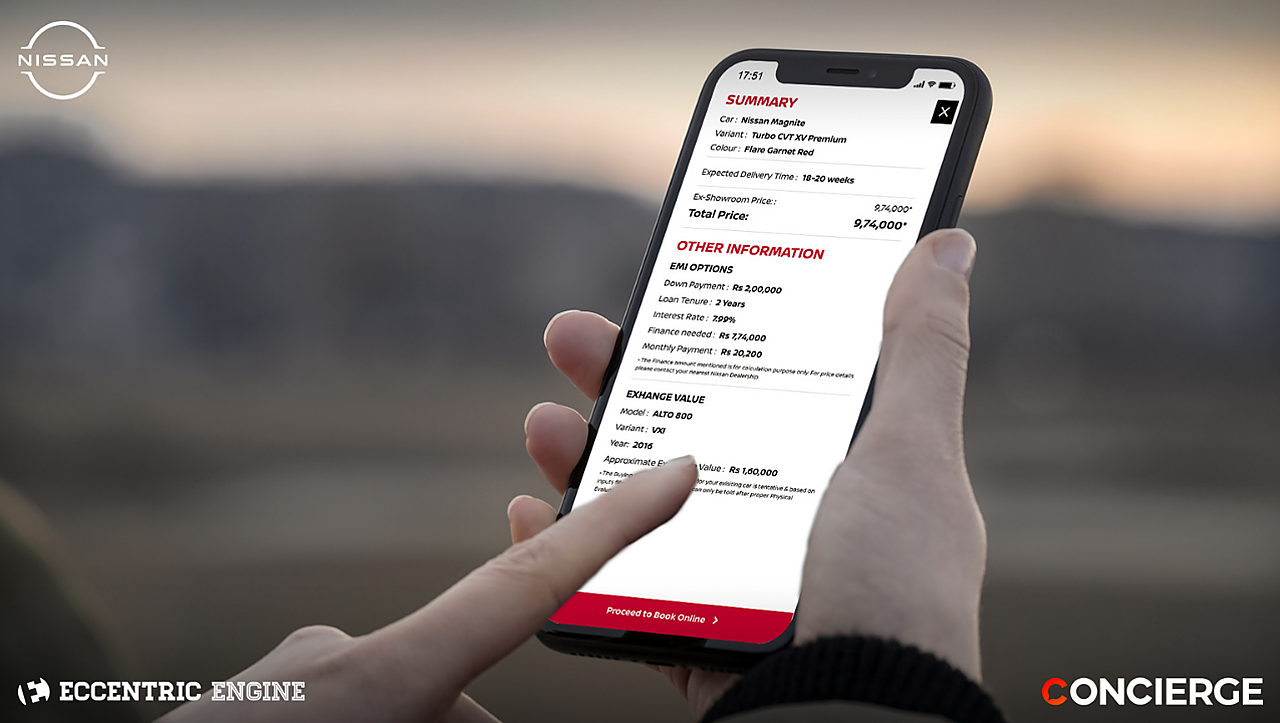
Automobiles are conceptualised drawing inspiration from nature, designed according to the manufacturers’ theme and presented to the consumers’ taste. Similarly, a prospective customer may scan every part of the vehicle in detail and compare it with his vision and aspiration before deciding to buy or not to.
But this process is being disrupted by the new normal. The challenge now for vehicle makers is to give potential consumers a near-real experience, even when they prefer online purchases. Here comes to the aid of the OEMs Eccentric Engine, a technology company founded in 2012 by Gaurav Rane and Varun Shah, with its One 3D visualisation platform.
With over 60 employees in India and its product-development centres in Europe and Russia, the company has built virtual 3D models, using the One 3D visualisation platform, for its clients like Tata Motors, Maruti Suzuki, MG, Renault-Nissan, Toyota, and Citroën.
The data for this study consists of a survey of over 5,000 respondents and over 100 million online sessions, where users interacted with the One 3D platform, exploring the 3D model of a car by viewing it in different colours, exploring features and more.

The pandemic, though traumatic, was a blessing in disguise for all engaged in digitalisation. As Eccentric Engine wanted to extrapolate visualisation, it sharpened its focus on marrying it with the rest of the business of vehicle makers such as call centres, dealers and others in the ecosystem.
For any product or service, the return on investment (RoI) is key, and it holds good for the One 3D visualisation platform also. Here, the company calculates the RoI based on the number of leads generated concerning prospective customers’ decision-making, leading to OEMs getting a much larger window to further engage with the customers.
Today, a person spending three to four minutes browsing through the website to buy a car will be made to spend more than triple that time, eventually making the engagement rich and providing vital information on his preferences on many aspects. In addition, the vehicle sellers will get lots of information by tracking the entire process. “It is a goldmine,” said Shah. “We help funnel out the high intent customers, who are self-motivated to explore and to help themselves purchase the vehicle,” he added.
The average time taken (between exploration and booking) by anyone, who is experiencing the vehicle in 3D would be around 15 days. Whereas, in the conventional method, the time spent is at least a month or two, depending on the category. From a dealer’s perspective, the 3D platforms help monitor and track profiles of aspiring customers. In addition to time, the dealers get effective sales of accessories, eventually optimising the inventory as well. Sales acceleration and per vehicle profitability are the two metrics. Shah says these are two baseline effects that OEMs can expect to get by adopting One 3D visualisation.
The challenge for Eccentric Engine is to showcase all the products across all channels – online and dealership, and in all kinds of gadgets. Whenever there is a variant or an addendum, the OEM does not incur additional costs for the subscription model. Hence, the company’s revenues are not linked to sales but to the products and the subscription.

Possibilities To Sense Operations
Asked if the user can experience the car's features virtually, like playing a song or controlling the AC etc, Shah was very vocal that it is possible. “We just have to replicate the interface in the functionality. A good example of this is when MG launched its Digital Studio, which is a car showroom, without a physical car, powered by One 3D technology. Now there is i-smart functionality; we did a simulation of the entire panel of entertainment that they had, where one could interact with it as if sitting in the car.”
As the company was not satisfied with being just narrative, it launched a 3D-enabled Livestream Commerce experience for Nissan India, with its latest product ‘Concierge.’ This virtual sales advisor equips Nissan customers with real-time personalised product expert interaction that provides information about the vehicle, answer product and ownership-related queries, suggestions on variants, choice of finance and exchange value options, virtual test drives, and booking the car online.
The platform provides complete end-to-end informational and transactional assistance in the buyers' journey to help the customer make a considered buying decision.
“Post COVID, and having our learnings now, our next role is how do we nudge these customers to the next level? How can we possibly give the kind of assistance that a human being gives at showrooms so that he is able to check the right thing at the right time,” he said. For example, if the customer is switching colours a few times, the system can sense that and prompt if the user wants to understand how different colours look at different times of the day, so that the decision is made simpler. Of course, this functionality already existed; but, “to pre-empt what a customer is looking for, and then giving what he wants, is something that we are working on,” Shah added.
Currently, the time customers take to convert the lead into action in a conventional system is between 40 to 60 days. With One 3D visualisation, the company envisions that coming down to about 15 days on average. It aims to ensure that while it can influence the same, it can make sure to bring the customer right to the endpoint, so that he is educated. The company is challenging itself to reduce this time to 20 minutes. Though it is a ‘Himalayan’ target, it is happening now, said Shah. The company is working on a pilot project, and the results are encouraging.
Physical In Digital Or Real In Virtual
Shah looks at several options to incorporate in the system to digitally facilitate prospective customers to experience even the physical presence inside the car. Sounds Sci-fi, right, but he thinks it’s all a function of storytelling. “We give flexibility to our partners and they can actually make workflows, which are dynamic. The OEMs are always in control about what they want to show and talking about the kinds of animations and everything else; sky's the limit. You can be as creative and as imaginative as you want to be,” he said.
Is the system generating valuable inputs for the new product development or the value engineering team? “Our customers come to us to plan for their future launches or the next special edition. We are able to give them the impact with rapid prototyping, where they can actually see various combinations of things that they can incorporate in the vehicle.”

Developing a product for a new customer is an elaborate process. It takes about 50 days to visualise and develop the product. However, it extends for at least three to four months for a given launch, as different teams' inputs and ideas come in, and the subscription model helps.
“It's our job to ensure upgrading the visualisation consistently, and therefore, we keep working with them. There are many conditions that we have to write in our deployment, like, for instance, if the internet connection is lost or facing issues with the language, then what do we do. So a lot of deep research goes into some of these things. And that's our core; we are looking to push the barriers on that. Everything will be to make sure that accessibility is not really limited,” Shah said.
In India, it is a full-service company for digitisation, starting from visualisation. But globally, its roadmap is different. “We want to equip the OEMs and their agency partners to use our tools through which they are able to create content. We are in a position to develop something like this, because we have been solving this problem for the past five years,” he said.
Aftermarket
The project to support after-sales service requirements is in the ideation phase now. The company believes that Augmented Reality could be very beneficial in this case, though there are also barriers. For example, the accuracy of protection varies from device to device. And that could be one of the reasons why things like this can take time. So technically, a lot of these things are possible. But in terms of accessibility, there are limitations.
While automotive is the first industry Eccentric Engine has looked at disrupting with One 3D, the company hopes to soon roll out its solutions for other product segments.